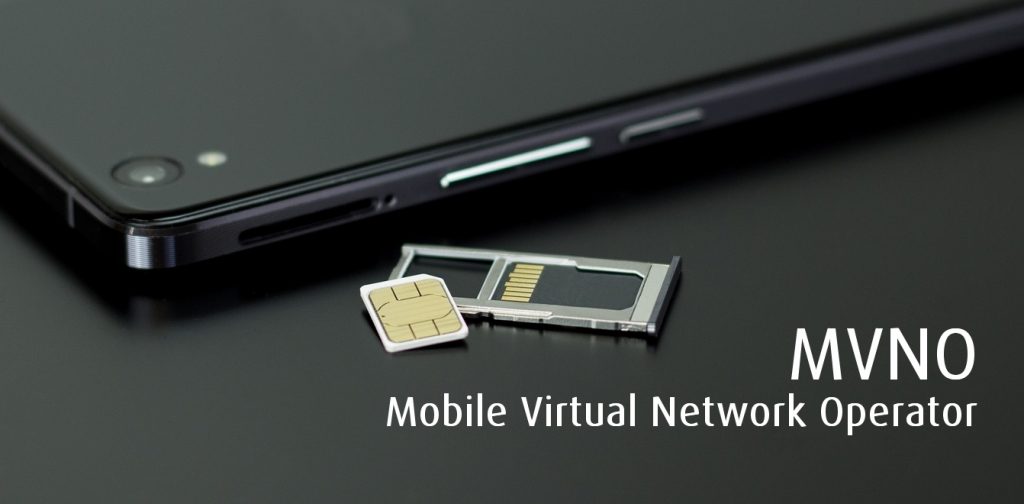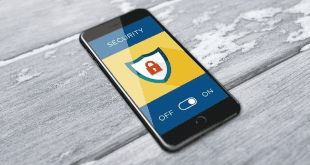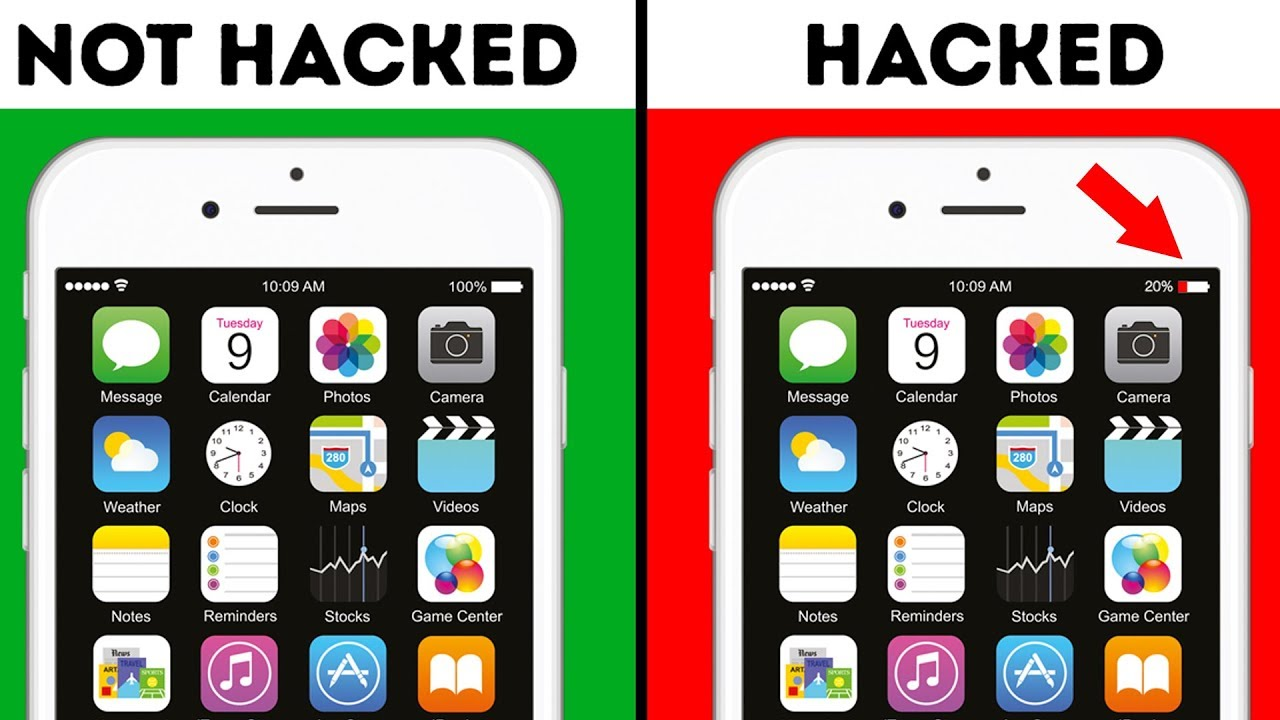How To Detect Hacks And Protect Your Smartphones
Android and iOS devices have dominated the mobile phone market. It also makes cyber criminals more powerful and dangerous, because someone’s phone contains much more personal data than any other electronic device.
Being the victim of a phone hack is a nightmare, and can be even more detrimental when it comes to a business phone. The first case of phone hacking was where an invader gained access to online accounts, such as people’s business network, social media, email, shopping accounts, or financial information.
Android and iOS hacks, how you will detect them, how you will recover them, and how to prevent them from happening in the future.
Types of hacks for smartphone
Cyber criminals can gain access to a smartphone in a number of ways. Some methods probably described here:
- Malware: Cyber criminals sometimes load fake apps on the Play Store or modified apps on the Internet that users may be genuinely interested in, such as a VPN app or free versions of paid apps. These fake applications are usually equipped with malware that can give access to your phone to a hacker. Other techniques hackers use to spread malware include phishing emails, unsecured Wi-Fi, and voicemail phishing.
- SMishing: SMS phishing or SMishing is a trick that hackers use to make people download software with embedded malware. Hackers send text messages with links containing lucrative offers, tempting you to click on them and infecting your devices
- Social Engineering: This is one of the easiest ways for a hacker to get access to someone’s phone. The Android and iOS operating systems have many built-in features that prevent hackers from gaining access to a device. However, some hackers manage to hook people into lowering their security measures to run their apps, or inadvertently compromising the security of their devices.
- Pretext: sometimes, the invaders do not try to attack the devices directly, but they obtain access through their service providers.
- Man-in-the-middle Wi-Fi attacks: Many people fall victim to Wi-Fi man-in-the-middle attacks quite easily. As public Wi-Fi networks are generally inadequately protected. Cyber criminals take advantage from , intercepting a connection and infiltrating people’s phones.

Detecting hacks on Android and IOS devices
If your phone is invaded, it will present some symptoms. You can use these symptoms to detect if a smartphone has been invaded:
- Low battery performance: If you notice that the battery is inexplicably discharging faster than normal, your phone may be hacked.
- Random application installations: if you notice an application that you did not install on your smartphone, it may be suffering from a hack attack. Sometimes malicious sites and apps can install a program on your phone and send data to third parties.
- Inexplicably high usage of data: most people do not pay attention to the daily use of data, but if you notice a very high usage, your smartphone may be under a hack attack.
- Strange pop-up ads: Anyone who is on the Internet has experienced pop-up ads for some time. However, if or your phone continues to display random or inappropriate pop-up ads, you may be under attack.
- Apps or phone crashing randomly: Sometimes, the phones start to move in a strange way, as open applications randomly, crash the application without reason or the phone disconnect completely. These are tell-tale signs of a phone being hacked.
Recovering your Smartphone
If you suspect that your Android or iOS device has been invaded, there are a few ways to recover your smartphone and data:
- Get rid of unrecognized apps: you can start by initializing your phone in security mode and get rid of all unrecognized apps on your phone, there is a high chance that these apps contain malware, making your phone behave unnaturally. Entering the security mode prevents third-party applications from running in the background, making it easy to remove them.
- Scan your phone with a mobile antivirus program: A mobile antivirus program will scan your phone for malicious files and remove them permanently.
- Unroot/Unjailbreak your smartphone: If your smartphone is rooted (Android devices) or jailbroken (iOS devices), hackers can easily bypass your phone’s security measures. Therefore, if your phone is rooted/unlocked, you should remove it immediately.
- Contact your operator: If you notice suspicious phone calls, text messages or unexplained accounts from your mobile operator, you may be suffering from a SIM hack. Contact your operator and inform them immediately.
- Get in touch with digital forensic specialists: If you are not sure about how to recover your smartphone after being hacked, consult a digital forensic specialist.
How to avoid smartphone hacks
Smartphones have some integrated security features that provide some level of security. However, they are not enough. Taking some important steps to protect your smartphone can help a lot. Here are some tips to help protect your smartphone against hacks:
- Be careful when downloading apps: Download only from official sources like Google Play or the App Store. Always check again before downloading any application.
- Understand the permissions of the application: always check what type of permissions you are granting to an application. There is no reason for a calculator application to access your camera or contacts.
- Do not click on random links: Hackers try to infect devices through strange links, emails or email attachments. Be careful not to open anything that gives them 100% certainty. If you receive an e-mail with an unexpected attachment, check if the e-mail was sent by the correct person.
- Do not share personal information: be careful not to share personal information online or over the phone.
- Avoid using public Wi-Fi: Using disguised public Wi-Fi is the main cause of smartphone hackers due to lack of security resources. If you need to use public Wi-Fi, especially on a business phone, use a VPN to protect your connection.
- Keep your applications up-to-date: even trusted applications may have vulnerabilities, but application updates usually correct them. Keep updating your apps to protect your smartphone from hacks.
Like every other cyber security practice, simple mindfulness and common sense can help you prevent hacks on Android and iOS devices.
By A W Moghul
 MVNO MVNE MNO Mobile & Telecoms industry intelligence Telecoms Jobs, News and Business
MVNO MVNE MNO Mobile & Telecoms industry intelligence Telecoms Jobs, News and Business







